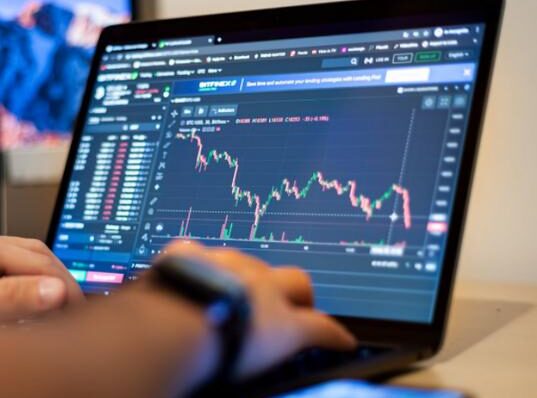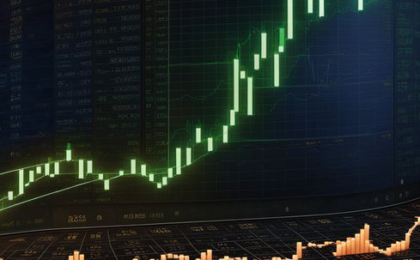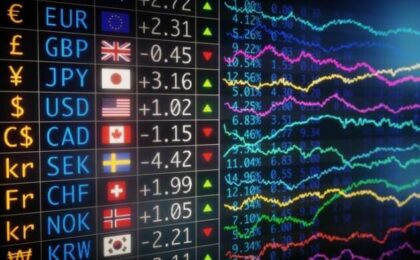What is Proprietary Trading, how does it work and is it legal?
Proprietary trading, also known as “prop trading“, is a form of trading where financial institutions, such as banks, investment banks, and hedge funds use their own capital to trade in financial markets.
In proprietary trading the firms trade using their own funds for the purpose of making profits rather than the funds on behalf of their clients.
Proprietary trading involves a wide range of financial instruments, like stocks, bonds, commodities, options, and derivatives. To generate profits via proprietary trading usually highly qualified traders and skilled professionals are needed, since analyzing the markets’ trends and finding trading opportunities are important to be spotted correctly.
Certain trading strategies can be used for proprietary trading which can rely on a combination of quantitative data, fundamental and technical analysis, while algorithmic trading can also be used to make trading decisions more precisely. These strategies can be:
- Market Making
- Statistical, merger and volatility arbitrage
- Event driven trading
- High frequency trading
You can find a more detailed article for Algorithmic trading here: What is Algorithmic trading and is it profitable in forex?
Proprietary trading may create potential conflicts of interest such as insider trading information and front running. Both are a clear market abuse behavior, also known as pre-positioning. For these cases the responsible person for placing and executing positions/orders obtains vital knowledge about a forthcoming order/event for specific financial instrument that is going to happen in the near future and is about to affect its price either positively or negatively.
Proprietary trading can be highly profitable for firms, but it also involves significant amounts of risk. In case the market moves against the existing trades substantial losses may occur. Due to the risks involved, proprietary trading is subject to various regulations and applies to Risk Management measures to ensure stability and integrity of the financial markets.
Especially after the 2008 financial market crash caused due to the mortgage-backed securities, there are some regulatory changes which were implemented in several countries imposing restrictions on proprietary trading by banks. One example is the Volcker Rule in the United States, where the aim is to limit the risks associated with proprietary trading and prohibits banks from conducting short-term speculative investments using their own accounts.



